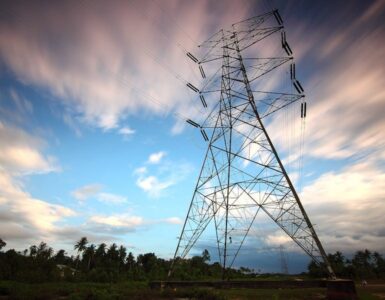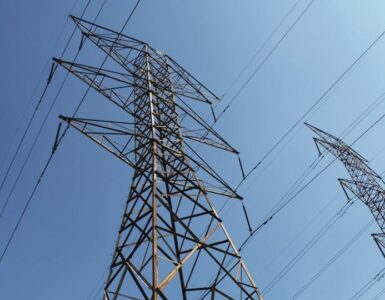As Arizona students head back to school, they face the enormous challenge of overcoming learning loss from the COVID-19 pandemic period. Arizonans, however, have reasons to feel optimistic. The state’s dynamic school system produced the highest rate of academic growth on average in the nation pre-pandemic, and to help mitigate learning loss over the last two years, over 100,000 students attended state-funded summer camps.
If you are going to bet on a school system to bounce back from the pandemic, double down on the Grand Canyon State.
Pluralism has driven Arizona education for decades with a variety of approaches created by both traditional district and public charter school educators. Sometimes, these come in the form of entire specialized schools; other times, as programs. Further, almost one-third of Phoenix-area district school students use open enrollment to attend a school outside their attendance zone. Statewide, almost 1 in 4 students attend a public charter school with no attendance boundary.
A brisk migration of students exists between traditional district and public charter schools as families make choices based on interests and aspirations that may change. Options in Arizona’s charter sector include innovative and specialized opportunities, such as STEM schools, classical education, arts schools and career education schools, to name a few. Some students choose one of these for elementary school and a district school for middle or high school, or vice versa.
Innovation in Arizona’s public schools flourished during the pandemic, which is especially promising for rural communities. Both districts and charters have sponsored small schools that combine in-person instruction, distance learning, and project-based learning. While areas with low population density may lack the student enrollment to support a public charter school, rural families often have opportunities to select micro-schools.
Enabling educators to create schools, and families to choose among them, brings academic benefits for students. Stanford University scholars collected testing data from around the country between 2008 and 2018 and found that Arizona students learned more per year of schooling than their peers in any other state. This was true both overall and for low-income students.
Academic growth is widely recognized as the best measure of school quality, and Arizona charter schools are contributing with the average rate of academic progress for charter students almost 20% higher than the state average.
However, some believe that the disruption caused by expanded choice is not worth the benefits. For instance, critics decry the closure of low-demand schools. The reality is that, during the 2021-22 school year, far less than 1% of students statewide were impacted by a public-school closure, and a large majority of those students attended district schools. District facilities, of course, age out of their usefulness, sometimes consolidate, and sometimes close. Along with this, new and expanding schools offer learning experiences that best meet the needs of Arizona students. Families and educators gradually but steadily shape the clay of our education system like a pair of hands on the potter’s wheel.
While Arizona educators and policymakers have accomplished a great deal, they must address a number of outstanding policy issues. The school funding system has seen no significant revisions since 1980, and delivers widely varying levels of funding to schools. To illustrate, the second-highest-funded district receives almost six times as much funding per pupil as the lowest-funded district. To ensure equity for all students, it is time to equalize funding across systems.
Additionally, Arizona’s school bus system mostly still rumbles within the attendance boundaries that families increasingly cross. Every year the number of Arizona public school students grows, the number of students riding yellow buses shrinks and the system costs increase. Governor Doug Ducey and the Legislature have begun a process of student transport modernization, but these innovative measures must continue.
Arizona families have been voting with their feet through district open enrollment and charter schools for 28 years. Lawmakers should accelerate the rate of progress by reducing regulatory red-tape – secure in the knowledge that Arizona families hold schools directly accountable for serving the needs of their children.
The pandemic exacted a terrible cost on both students and educators in communities across the state. But we have a record of success on which to build, with growing options and opportunities for families. The foundational values of diversity, variety and pluralism that led Arizona students to lead the nation in academic growth pre-COVID will lead us back post-pandemic.

















Add comment